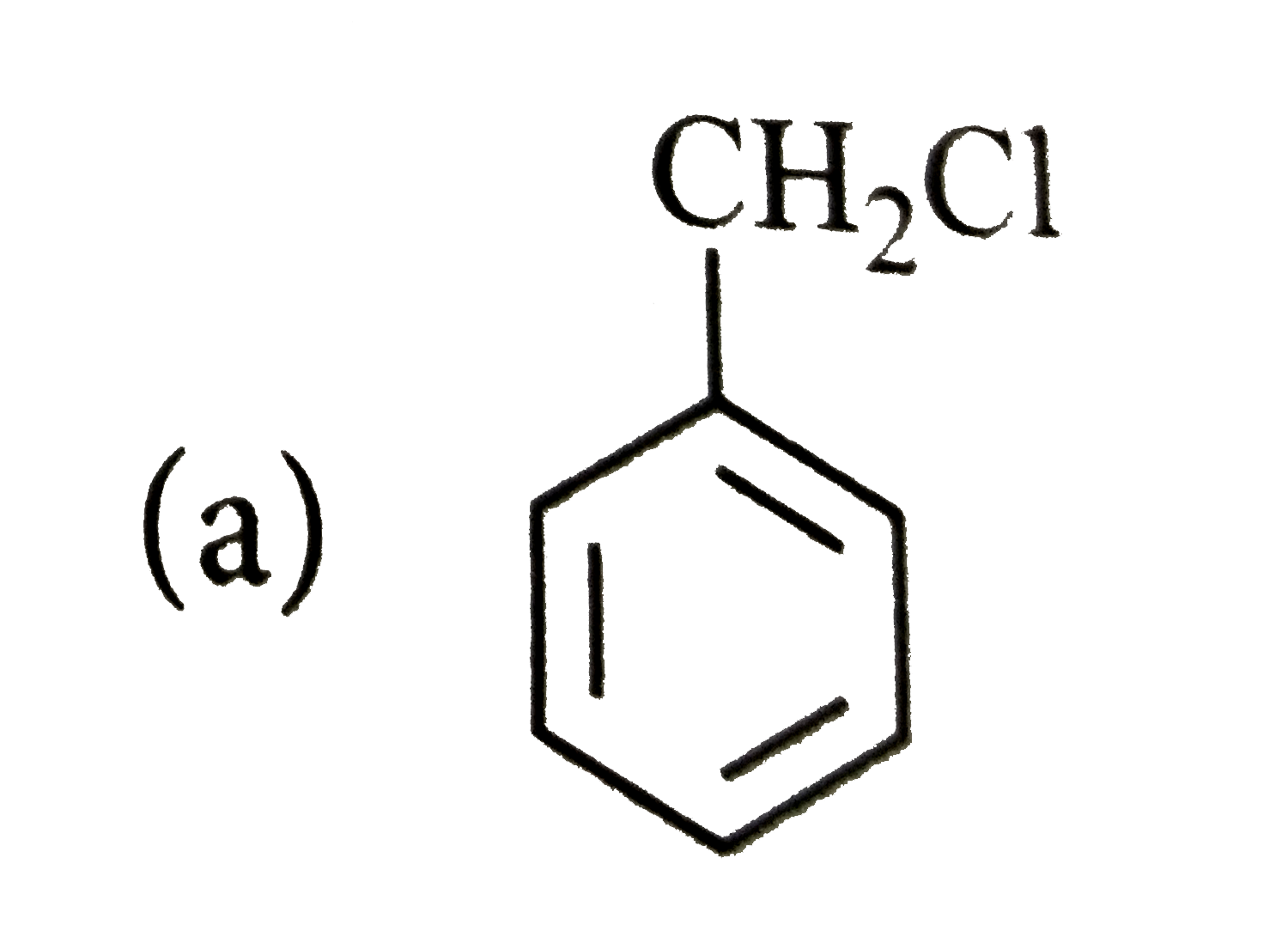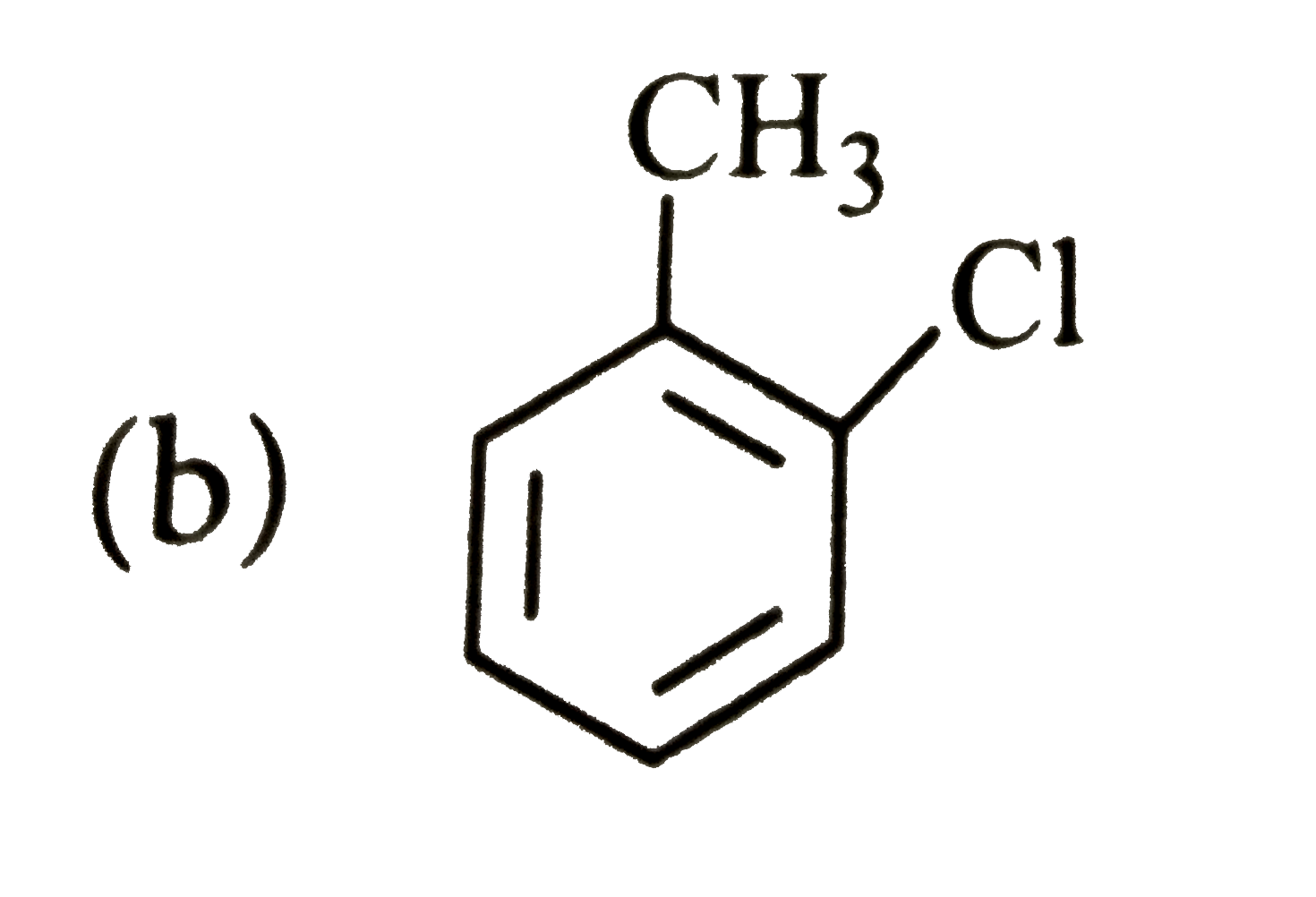Which increases in the absence of light?
Uptake of minerals
Uptake of water
Elongation of internodes
Ascent of sap
The correct Answer is:C
Step-by-Step Solution:
1. Understanding the Question: The question asks about what increases in the absence of light. This means we need to identify a process or growth aspect that occurs when light is not available to the plant.
2. Effects of Light on Plant Growth: It is essential to know that light plays a crucial role in plant growth. Intense light can sometimes hinder growth, leading to a condition known as "dwarfing," where the plant does not grow in size.
3. Defining Key Terms:
- Internode: This is the section of the stem between two nodes. Nodes are points on the stem where leaves, branches, or flowers arise.
- Ascent of Sap: This refers to the upward movement of water and minerals from the roots to the leaves.
4. Analyzing Growth in Absence of Light:
- In the absence of light, photosynthesis cannot occur, which means the plant cannot produce its own food.
- However, one of the responses of plants to low light conditions is the elongation of internodes. This elongation allows the plant to reach towards light sources, which is a survival mechanism.
5. Evaluating Other Options:
- Ascent of Sap: This process relies on photosynthesis and the plant's need for nutrients. In the absence of light, this process would not occur.
- Uptake of Water and Minerals: Similar to the ascent of sap, this process is also reduced in the absence of light since the plant does not require as much water and nutrients without the energy from photosynthesis.
6. Conclusion: The only process that increases in the absence of light is the elongation of internodes. Therefore, the correct answer to the question is the elongation of internodes.
Final Answer:
The elongation of internodes increases in the absence of light.
---
- Internode: This is the section of the stem between two nodes. Nodes are points on the stem where leaves, branches, or flowers arise.
- Ascent of Sap: This refers to the upward movement of water and minerals from the roots to the leaves.
- In the absence of light, photosynthesis cannot occur, which means the plant cannot produce its own food.
- However, one of the responses of plants to low light conditions is the elongation of internodes. This elongation allows the plant to reach towards light sources, which is a survival mechanism.
- Ascent of Sap: This process relies on photosynthesis and the plant's need for nutrients. In the absence of light, this process would not occur.
- Uptake of Water and Minerals: Similar to the ascent of sap, this process is also reduced in the absence of light since the plant does not require as much water and nutrients without the energy from photosynthesis.
The elongation of internodes increases in the absence of light.
Topper's Solved these Questions
Similar Questions
Knowledge Check
The reaction of toluene with chlorine in the presence of iron and in the absence of light yields ………
A B
B C
C Dmixture of (b) and (c )
Dmixture of (b) and (c )
Write the reaction of chlorine with ethyne in the absence of light
View SolutionWhich will vanish in the absence of human help
View SolutionBeing photosynthetic, which organism in absence of sunlight behave like heterotrophs ?
View SolutionThe commonest living, which can respire in the absence of O2 is
View SolutionA : PAN is a secondary pollutant.
R : PAN is formed by interaction of nitrogenoxides and hyrocarbon in the absence of light.
View SolutionHow does the speed of light in glass change on increasing the wavelength of light?
View SolutionBending of shoot tip in the absence of light is
View Solution
